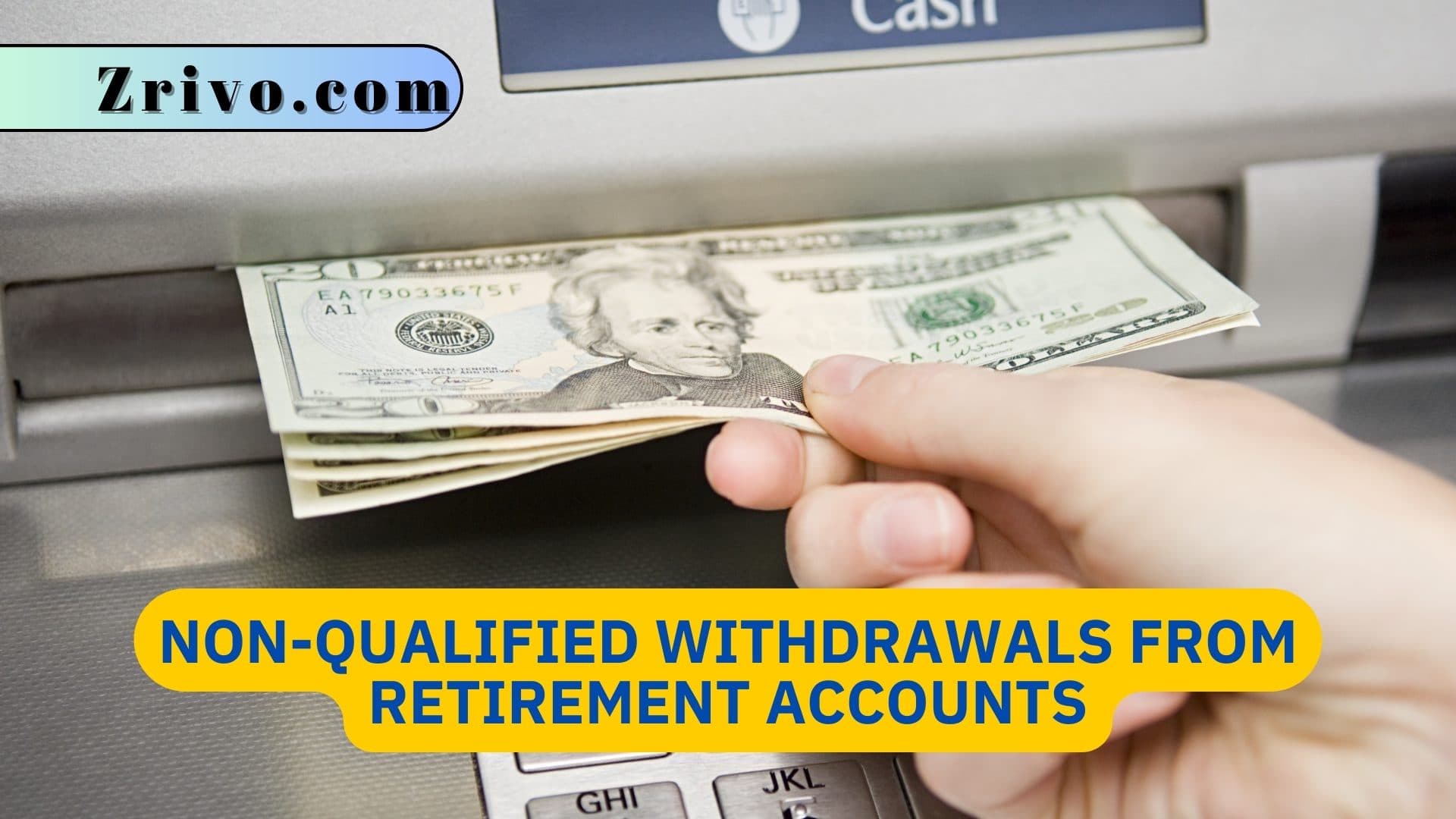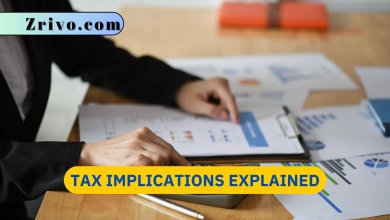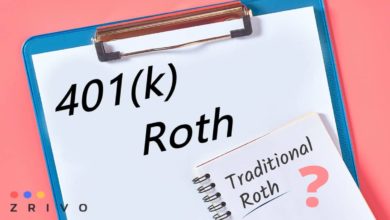Non-qualified Withdrawals From Retirement Accounts
It's important to understand the consequences of non-qualified withdrawals from specific accounts. This article will explore the concept of non-qualified withdrawals and the specific implications associated with 529 plans, Roth IRAs, Roth 401(k)s, and HSAs.

Contents
A Non-qualified Withdrawal refers to a distribution taken from a tax-advantaged account that does not meet the criteria for a qualified withdrawal. Qualified withdrawals typically align with specific guidelines, such as using funds for eligible educational expenses, retirement after meeting specific age requirements, or qualified medical expenses. Non-qualified withdrawals may trigger penalties, taxes, and potential future contributions or benefits limitations. Understanding the rules, penalties, and tax implications is crucial for making informed financial decisions. Assess your financial needs carefully, consult professionals when necessary, and explore alternatives before resorting to non-qualified withdrawals to optimize the benefits of tax-advantaged accounts.

Non-Qualified Withdrawals from 529 Plans
A 529 plan is a tax-advantaged savings plan designed to fund educational expenses. Here’s what happens after a non-qualified withdrawal from a 529 plan:
- The earnings portion of a non-qualified withdrawal is subject to federal income tax. A 10% federal tax penalty may also apply to the earnings unless an exception applies. The principal portion of the withdrawal is not subject to taxes or penalties.
- State-specific tax implications vary. Some states align their tax treatment of non-qualified withdrawals with federal rules, while others may impose additional taxes or penalties. Understanding your state’s regulations is crucial for accurate assessment.
- Non-qualified withdrawals from a 529 plan can affect a student’s eligibility for need-based financial aid. The withdrawal amount is considered as student or parent assets on the Free Application for Federal Student Aid (FAFSA), potentially reducing the amount of aid awarded.

Non-Qualified Withdrawals from Roth IRAs
A Roth IRA is a retirement account offering tax-free growth and tax-free qualified withdrawals. Here’s what happens after a non-qualified withdrawal from a Roth IRA:
- If you withdraw earnings from a Roth IRA before the account has been open for at least five years or before reaching age 59½, the earnings portion of the withdrawal may be subject to income tax and a 10% federal tax penalty. However, the principal portion of the withdrawal is not taxed or penalized.
Non-Qualified Withdrawals from Roth 401(k)s
A Roth 401(k) is an employer-sponsored retirement account that combines the features of a traditional 401(k) and a Roth IRA. Here’s what happens after a non-qualified withdrawal from a Roth 401(k):
- Non-qualified withdrawals from a Roth 401(k) may be subject to income tax and a 10% federal tax penalty on the earnings portion withdrawn. Contributions made to a Roth 401(k) are made with after-tax dollars and can generally be withdrawn tax-free.

Non-Qualified Withdrawals from HSAs
Health Savings Accounts (HSAs) are tax-advantaged accounts designed to help individuals save for qualified medical expenses. Here’s what happens after a non-qualified withdrawal from an HSA:
- Non-qualified withdrawals from an HSA are subject to ordinary income tax plus an additional 20% federal tax penalty. However, if you withdraw after age 65, the penalty no longer applies, but the amount withdrawn is still subject to income tax.
- It’s worth noting that non-qualified withdrawals will not be subject to taxes or penalties if the funds are used for qualified medical expenses.





